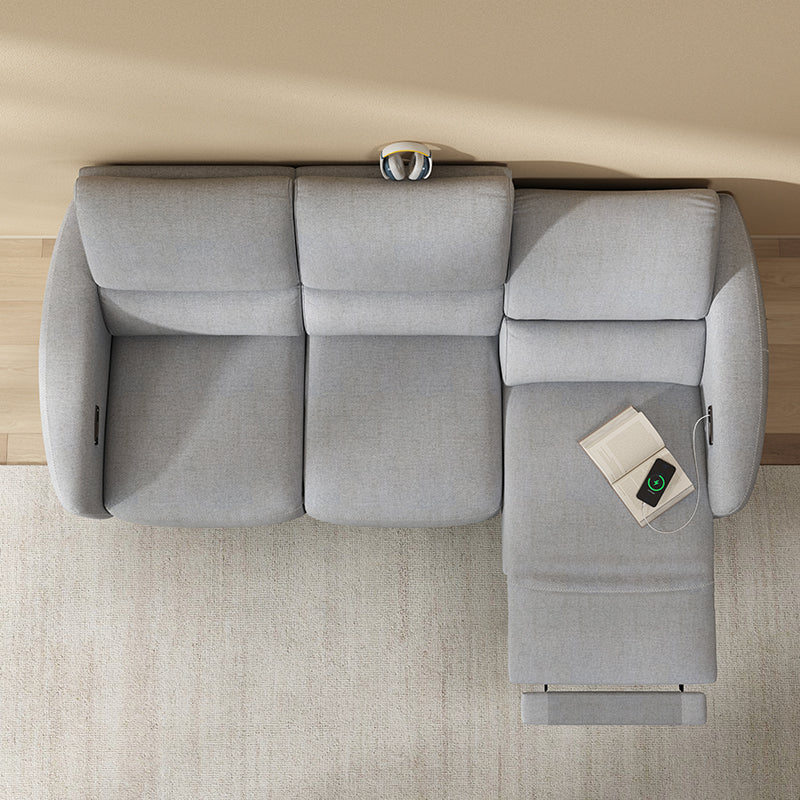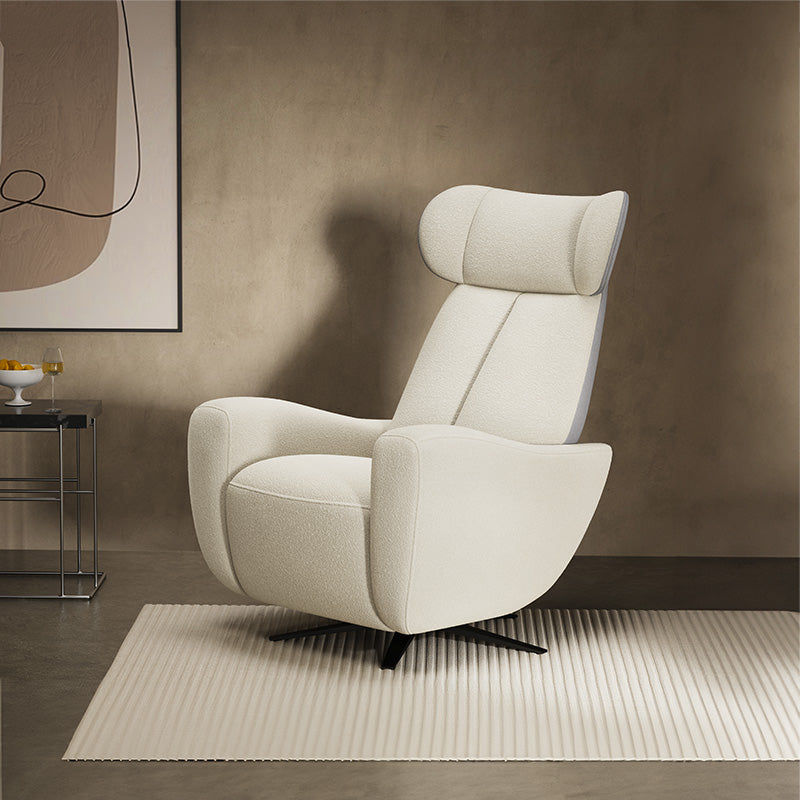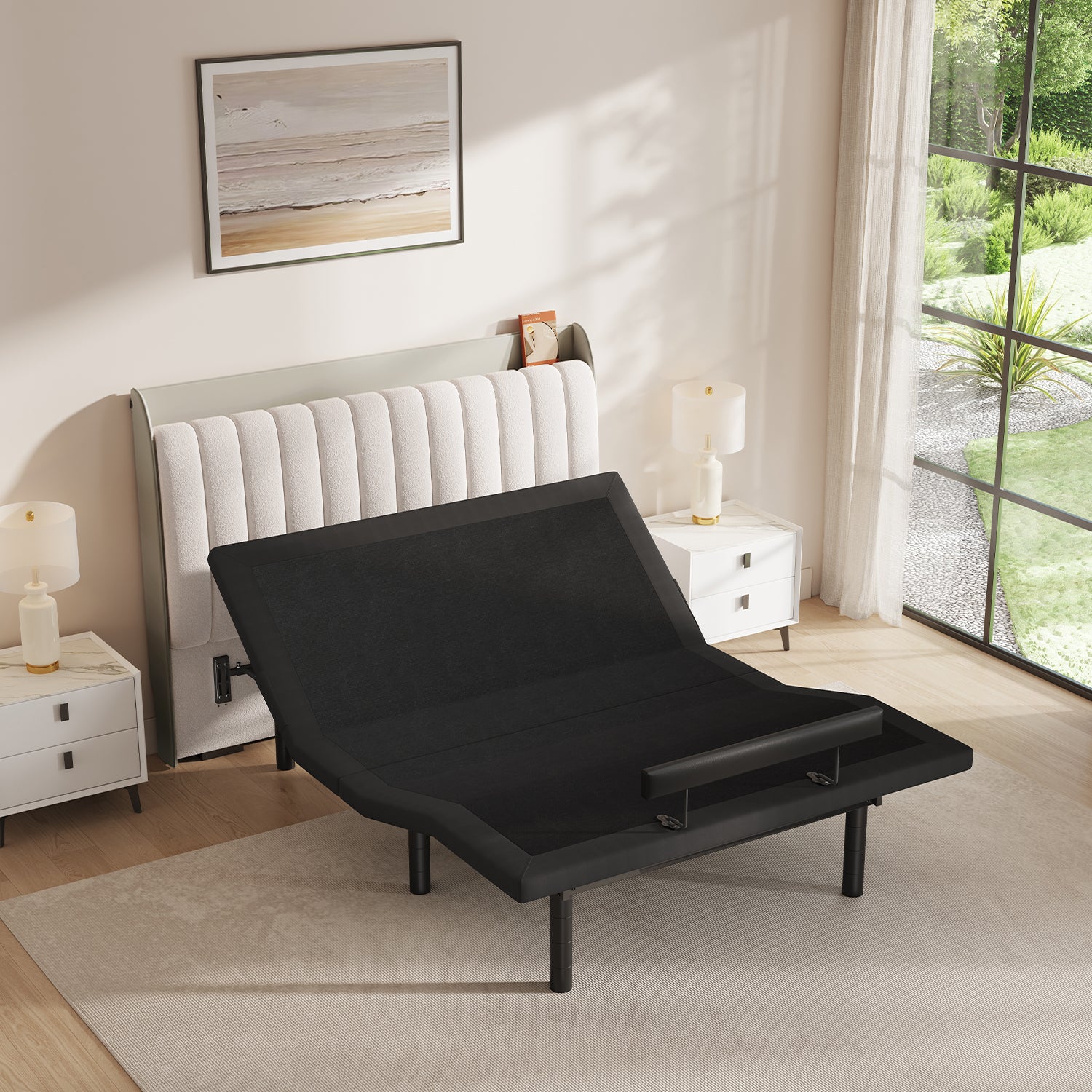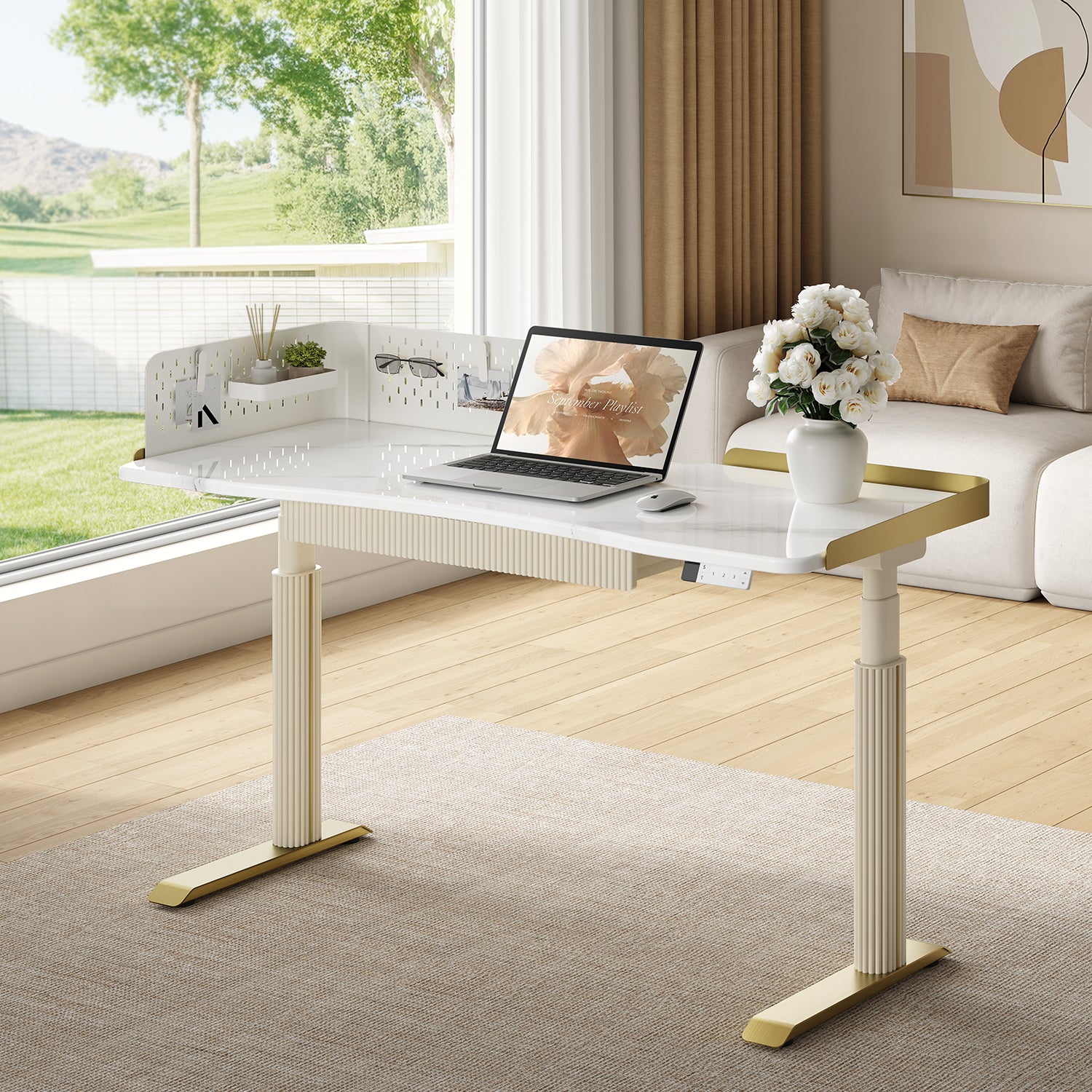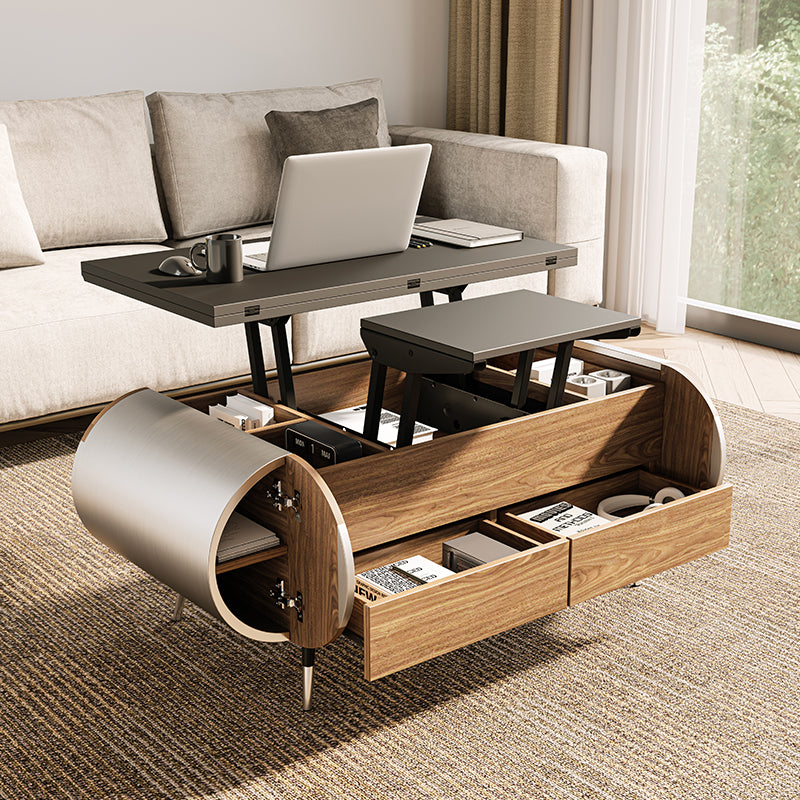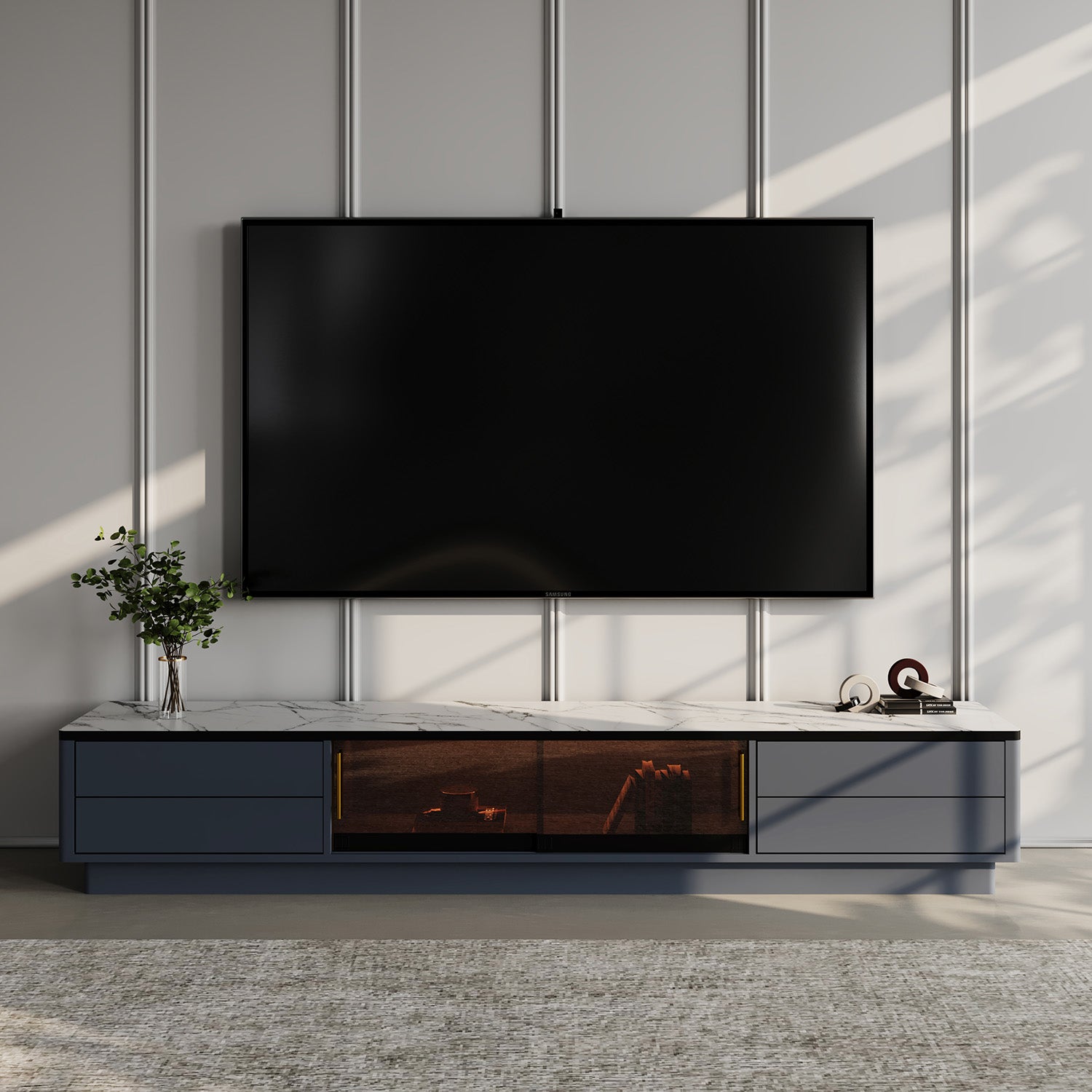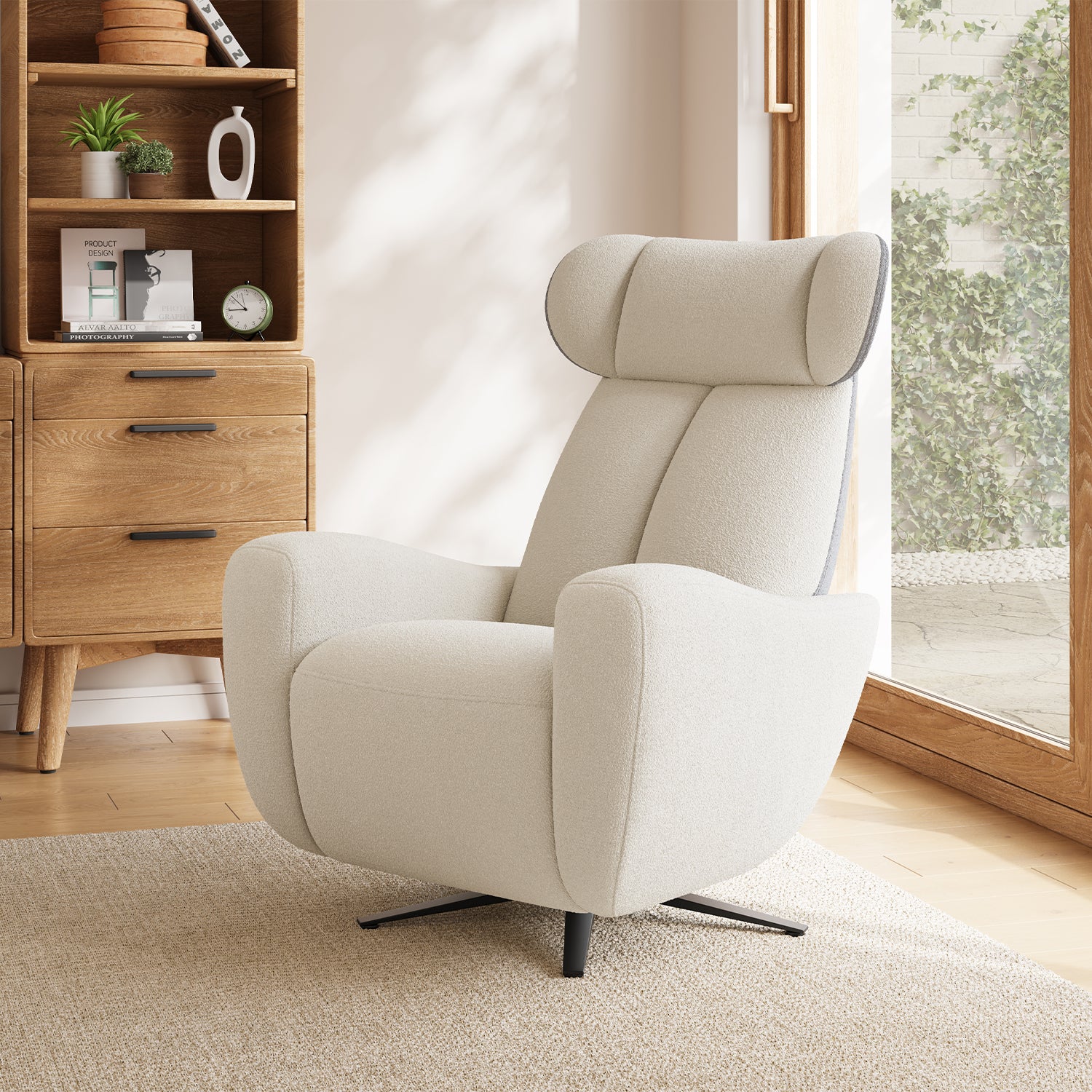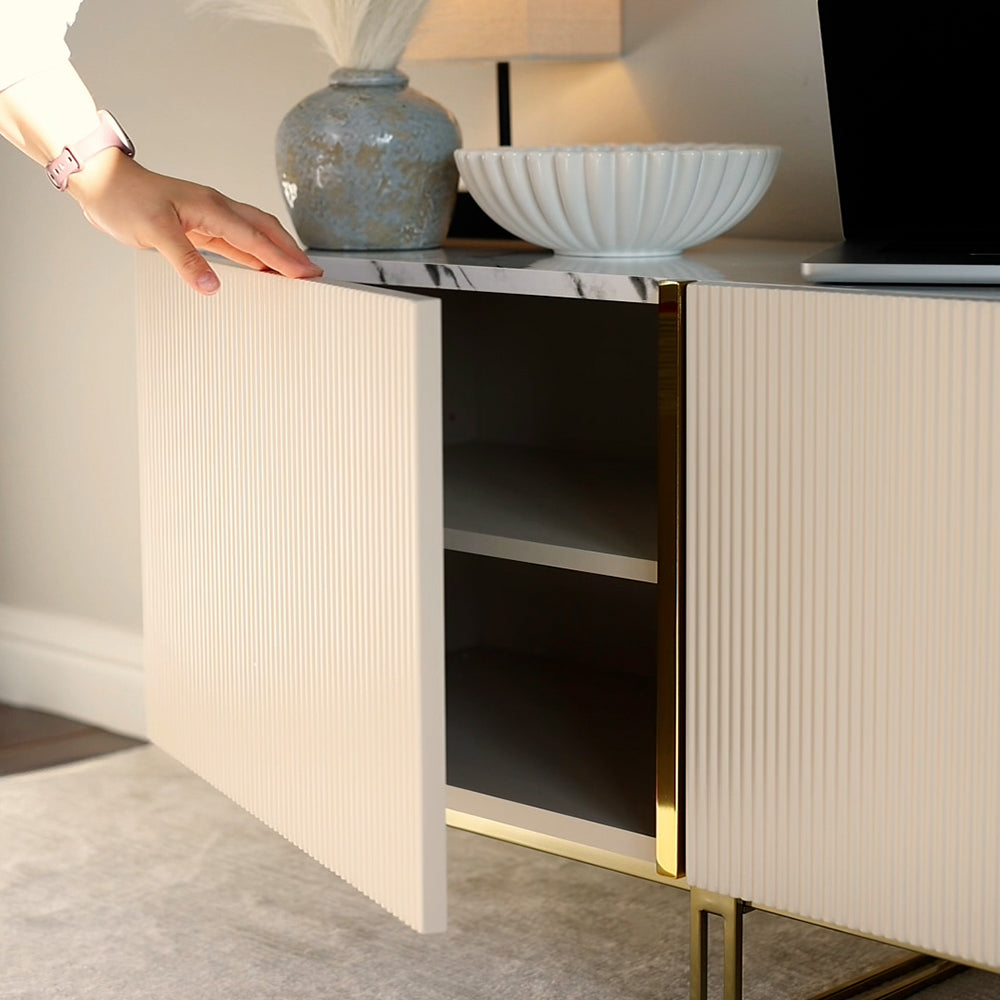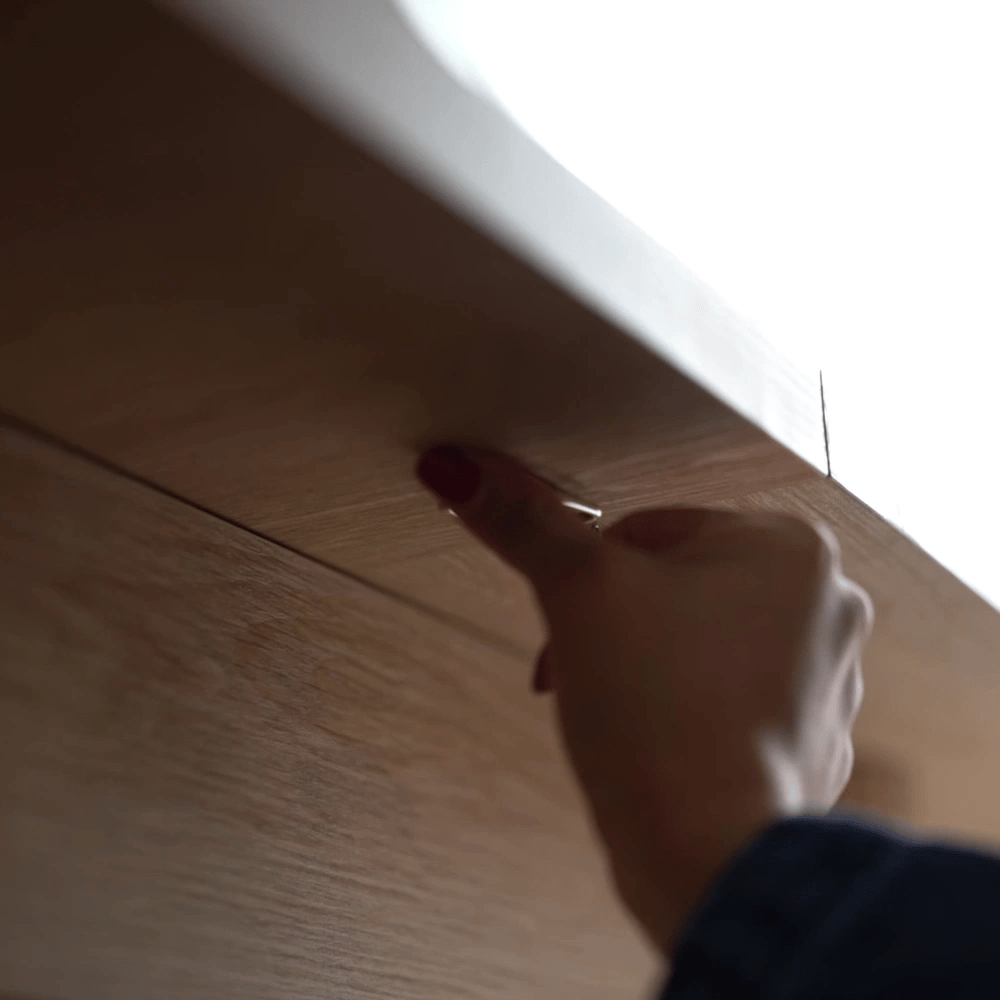Assembling a sofa can be a rewarding task, especially when you see your new piece of furniture come to life. While many sofas come partially assembled, the legs often require installation. This process can be straightforward, but it’s essential to follow the right steps to ensure your sofa is sturdy and stable. In this guide, we’ll walk you through the steps to assemble sofa legs, provide tips for ensuring a secure fit, and discuss some common pitfalls to avoid.
Table of Content
1. Gather Your Tools and Materials
Before you begin the assembly process, it’s crucial to gather all necessary tools and materials. The specific items you need may vary depending on the type of sofa and legs, but generally, you will require:
Sofa Legs:
Make sure you have all the legs that came with your sofa. These may be included in the packaging or stored in a separate compartment in the sofa itself.
Wrenches or Socket Set:
Most sofa legs will require tightening with a wrench or a socket set. Check the size of the bolts to ensure you have the correct tools.
Screwdriver:
In some cases, you may need a screwdriver, especially if the legs are attached using screws.
Allen Wrench:
Some modern sofas come with legs that require an Allen wrench (also known as a hex key) for assembly.
Measuring Tape:
To ensure even placement of the legs.
Level:
To check that your sofa is sitting evenly.
2. Identify the Attachment Points
Once you have your tools ready, it’s time to examine the underside of your sofa. Most sofas will have pre-drilled holes or attachment points for the legs. Here’s how to identify them:
Locate the Bolts or Screw Holes: Inspect the underside of your sofa to find the locations where the legs will be attached. These will typically be near each corner of the sofa.
Check for Threaded Inserts: Some sofas come with threaded inserts where the legs will screw in. Make sure these are clean and free of debris, as any obstruction can prevent a secure fit.
3. Attach the Sofa Legs
With the attachment points identified, you can now begin to attach the legs. Here’s a step-by-step process to follow:
a. Align the Legs
Position the Legs: Take one leg and align it with the corresponding attachment point. Make sure the leg is positioned correctly, with any decorative features facing outward.
Check Orientation: If your sofa legs have a specific front and back, ensure that the leg is oriented correctly for both aesthetic and functional purposes.
b. Secure the Legs
Insert the Bolts or Screws: If your legs use bolts, insert them through the holes in the leg into the pre-drilled holes in the sofa. If they use screws, place the screw through the leg and into the attachment point.
Hand Tighten: Begin by hand-tightening the bolts or screws to ensure they are secure but not fully tightened yet. This will make it easier to adjust if necessary.
c. Tighten Fully
Use the Appropriate Tool: Once all legs are in place and hand-tightened, use your wrench, screwdriver, or Allen wrench to tighten them fully. Be careful not to overtighten, as this can strip the threads or damage the leg or sofa.
Check Stability
After tightening, gently wiggle each leg to check for stability. If any leg feels loose, tighten it further until it’s secure.

4. Ensure Level Placement
Once all legs are attached and secured, it’s essential to ensure that your sofa sits level. An uneven sofa can lead to discomfort and potential damage over time. Here’s how to check for level placement:
Use a Level: Place a level on top of the sofa to check if it’s even. If you find that one side is higher than the other, you may need to adjust the legs.
Adjust as Needed: Some legs come with adjustable feet or pads. If your legs have this feature, you can twist them to raise or lower the leg until the sofa is level. If the legs are fixed, you may need to add felt pads under the shorter leg to compensate.
5. Final Inspection
After securing the legs and ensuring the sofa is level, it’s a good idea to do a final inspection. Look for the following:
Check for Loose Screws or Bolts: Make sure everything is tight and secure. Go through each leg again and give it a gentle tug to ensure it’s firmly in place.
Inspect for Damage: Look for any signs of damage or wear on the legs or the attachment points. If you notice any issues, consider contacting the manufacturer for assistance or replacement parts.
6. Common Pitfalls to Avoid
While assembling sofa legs is typically straightforward, there are some common pitfalls to avoid:
Forgetting to Check Orientation: Always double-check the orientation of the legs before securing them. An incorrectly placed leg can affect the look and stability of your sofa.
Overtightening: While it’s important to secure the legs tightly, overtightening can lead to damage. Always tighten to the point where they feel secure without forcing them.
Neglecting Level Checks: An uneven sofa can cause discomfort and wear over time. Always check for level placement before finishing the assembly.
7. Conclusion
Assembling sofa legs is a relatively simple task that can significantly enhance the functionality and appearance of your furniture. By following these steps, you can ensure your sofa is stable, level, and ready for use. Taking the time to carefully attach the legs will not only extend the life of your sofa but will also provide you with a comfortable seating experience.
Whether you're setting up a new sofa or reassembling one after a move, these tips will help you complete the task efficiently and effectively. Happy assembling!
If you want to buy our home furniture or couch for living room, you can check out more on our store

